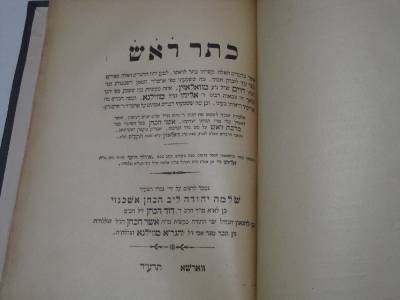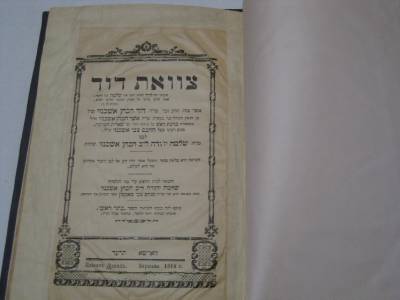In the 1950 Yearbook of Yeshiva University, Masmid, among the many clubs of the school appears the Deutscher Verein. Just 5 years after the end of the Holocaust, it is striking how insensitive the students were to the Holocaust Victims and how very German this were, and proud of it too.
Here is the entire description of the club as it appears in the Masmid
Deutscher Verein
The Deutscher Verein, casting aside the
anti-Teutonic narrow-minded prejudices that
afflict some fanatic Jews, devoted itself as
usual to the advancement and upholding of
Pan-Germanic Kultur at Yeshiva.
The emphasis was, as usual, on the crassly
physical side. Not to the extent of fraterniza-
tion with the Frauleins, of course, but the
amount of "Bier und Pretzels" that was con-
sumed was simply staggering. Nothing like
the food in a Constipation camp!
Those whose classes adjoin the German
Room know what it is to try doing one's
homework to the incessant strains of
'"Deutschland Unter AUes," "Stille Nacht,
Heilige Nacht" and (oh, yes!) "Mein Hut Er
Hat Drei Ecken." And of course Rosenberg
is no tyrant (After all, hasn't he shaved off Adolfian Zupp-shtrainer? ) — but WHY do they keep voting him the best-dressed German Professor at Yeshiva.?.?
It is presumed that the vast student interest in the German Club has some explanation in the annals of mass psychology. At any rate, the students have always flocked (despite the admission charge) to the Bierfests, doubtless under the influence of some Aryan Socity Fuehrer's hypnotic ranting.
While I'm at it, here are some Photos of our dear old
Sheldon Silver, in the 1965 Masmid Yearbook, Sheldon was 21 at the time. Sheldon graduated from the Rabbi Jacob Joseph High School on Manhattan's Henry Street and then attended Yeshiva University for his undergraduate Studies.
Hat tip: Dr S. Sprecher



























